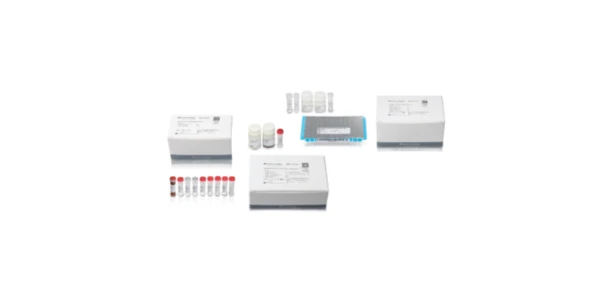How to Know Your Liquid Chromatography Pumps Need Service or Replacement
Your run looks bad, the column won’t settle down and, after preliminary troubleshooting, the column is apparently not the culprit.
The same or similar symptoms persist despite a new column and your best efforts. What next? It’s time to troubleshoot the pumps.
Pressure Problems
The first things to look at are the pressure level, response, and consistency. The problem may be either a high, low, or fluctuating pressure level compared with typical baseline performance.
With low pressure symptoms, start by checking the plumbing for loose or leaking fittings or seals. Low constant pressure may indicate a blown seal or fitting—a relatively easy fix. Alternatively, low pressure may be caused by a bubble in the pump, causing the pump to deliver less mobile phase than normal. Be sure all column solutions are sufficiently degassed and then purge the pump to drive out any bubbles.
High pressure is almost always caused by a blockage or some kind, and the symptom may be accompanied by leaks if the pressure threshold of the system is crossed. The first thing to check is the inline filter (or prefilter) typically located upstream of the column. It’s meant to capture any particles or insolubles that may make their way into the inlet line. A way to isolate the filter is to loosen the fitting immediately downstream of the filter and observe whether the high pressure persists. Next loosen the fitting upstream of the filter and observe whether the pressure drops to normal. If the filter is the problem, take it out and clean the frit thoroughly or else replace it – the latter is always a safe bet.
Cycling pressure deviations are very often due to an air bubble or bubbles in one of the pumps. This can be observed by noting the pressure fluctuation in phase with the pump cycle. Again, degas the solvents and purge the pumps. Check and replace dirty or damaged fittings or valves that contribute to bubble formation.
Don’t forget to run the system at the highest pressure and check thoroughly for leaks. Systematically tighten or replace the fittings, valves, connectors, and seals if necessary.
Other Issues
System malfunction can occur when the method used and/or the column employed is not compatible with the system. A mock or suitability method will help troubleshoot whether it is pump performance, system performance, or simply incapability with the method.
Chromatographic performance provides the most relevant evidence for performance issues in the retention time, peak shape, and pressure of a test sample run. These characteristics can be traced back to their route of origin — a system specific manual and other resources should be consulted.
Few things can be more frustrating in the lab than poor performance of the HPLC. But you don’t have to just live with the issues. Second to column troubleshooting, LC pump analysis should help identify issues that can be a simple fix, require a service call, or justify a new or used instrument.
For new & used HPLC equipment & accessories, see our listings here.










